Blood candy, a bacterial colony and other SUPERFOODS the Soviets loved (PHOTOS)

“Tea Mushroom”
This jellyfish-like creature in a brown liquid, standing there in a three-liter jar by the window, scared Sovet children to no end, although adults alway considered this sweet and sour drink a superfood, aiding in digestion, good for the microflora of the intestines and very effective for treating hangovers. And it had to literally be grown, which added a whole interesting dimension to it for many.
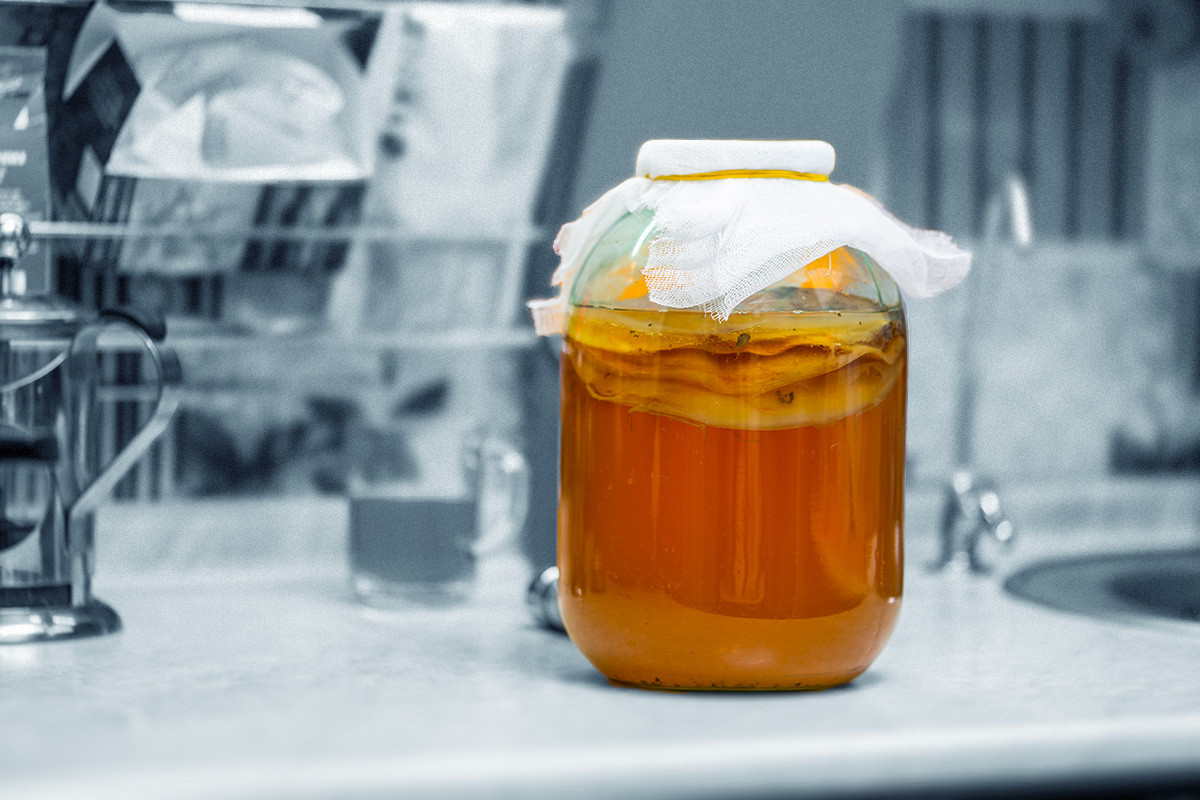
The tea mushroom - or kombucha, as the rest of the world knows it, is a fermented drink based on sweet tea, yeast and acetic bacterial cultures. The fungus itself is not truly a fungus, but a zoogloea (a slimy body that forms as a result of bacterial growth). The culture would be placed in sweetened tea - an environment it loves - and given time to marinate. Some time later, the colony would turn into the “tea mushroom” that can be drunk as a refreshment and even enjoyed for its alcoholic properties. In order to grow a jar of this substance, it was enough to get a small piece of the colony from a neighbor’s jar and place it in one’s own; because of that, a mushroom lived in practically every Soviet apartment.
Fish oil

Compared to the tea mushroom, this beneficial food wasn’t some abstract-looking menace on the windowsill, but a real nightmare for the Soviet child. People in those days were certain that pure fish oil was an absolute necessity for the developing organism. This is partly true - a balanced diet full of Omega oils is a necessary part of the human diet. So, despite the children’s furious objections, they were fed the stuff by the tablespoon: there were no capsules back then, which would’ve (somewhat) protected one from the horrible taste and smell. Fish oil was also prescribed for rachits, as well as in cases of weakened immune systems after an illness, given the wealth of additional vitamins A and D.
“Blood Candy”
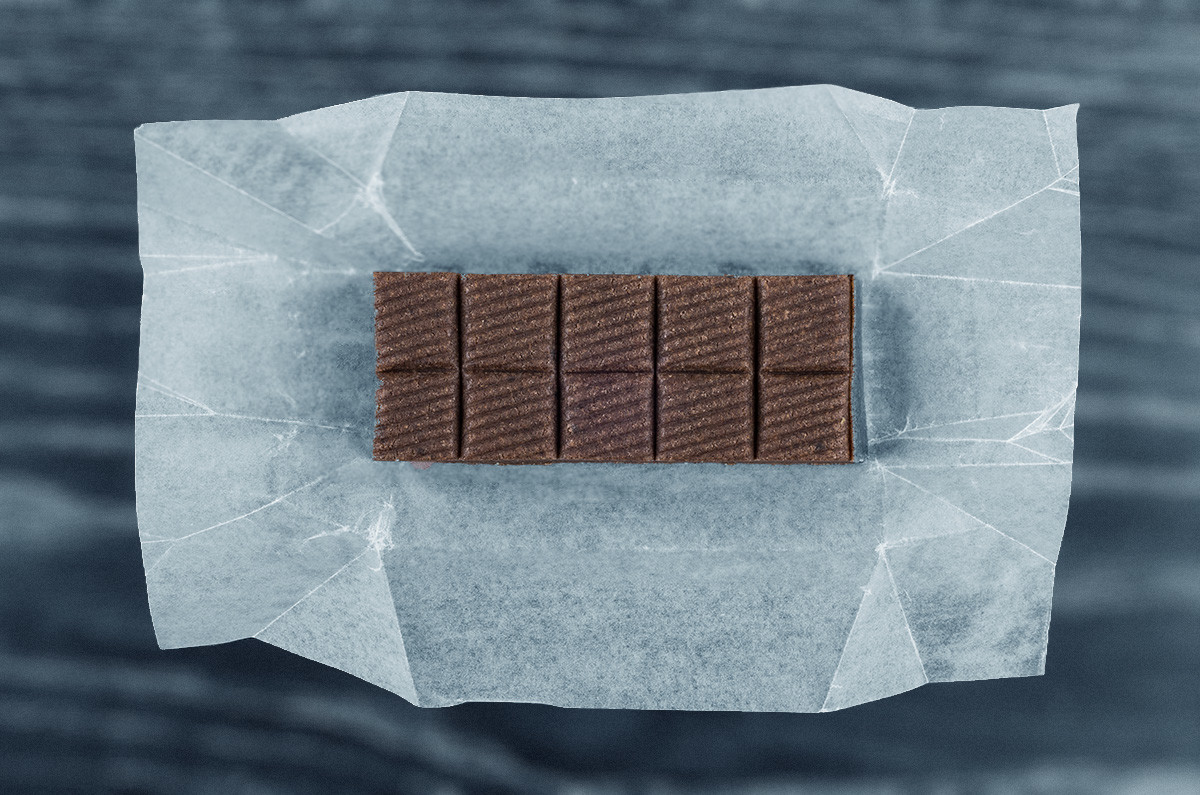
Hematogen, as it’s more commonly known, resembled a chocolate bar and the kids absolutely loved it. Some of you know what it really is though, right? A bull whey albumin - bull’s blood, in other words. It was claimed at some point that only animal protein contained iron which is absorbed by the human organism. Hematogen was used to cure anemia and weakness, as well as given to those suffering blood loss - or simply to get that “rosy cheek” look. In order to divorce it from the association with blood, the Soviets would mix it with condensed milk, molasses and coco and sell it in the form of little bars in attractive-looking wrappers. Although, before that, in the 1940s, hematogen was consumed in its pure medicinal form - that of a mixture of bull’s blood, glycerine and wine. The “blood candy” format was, of course, a nice change from that.
Honeysuckle
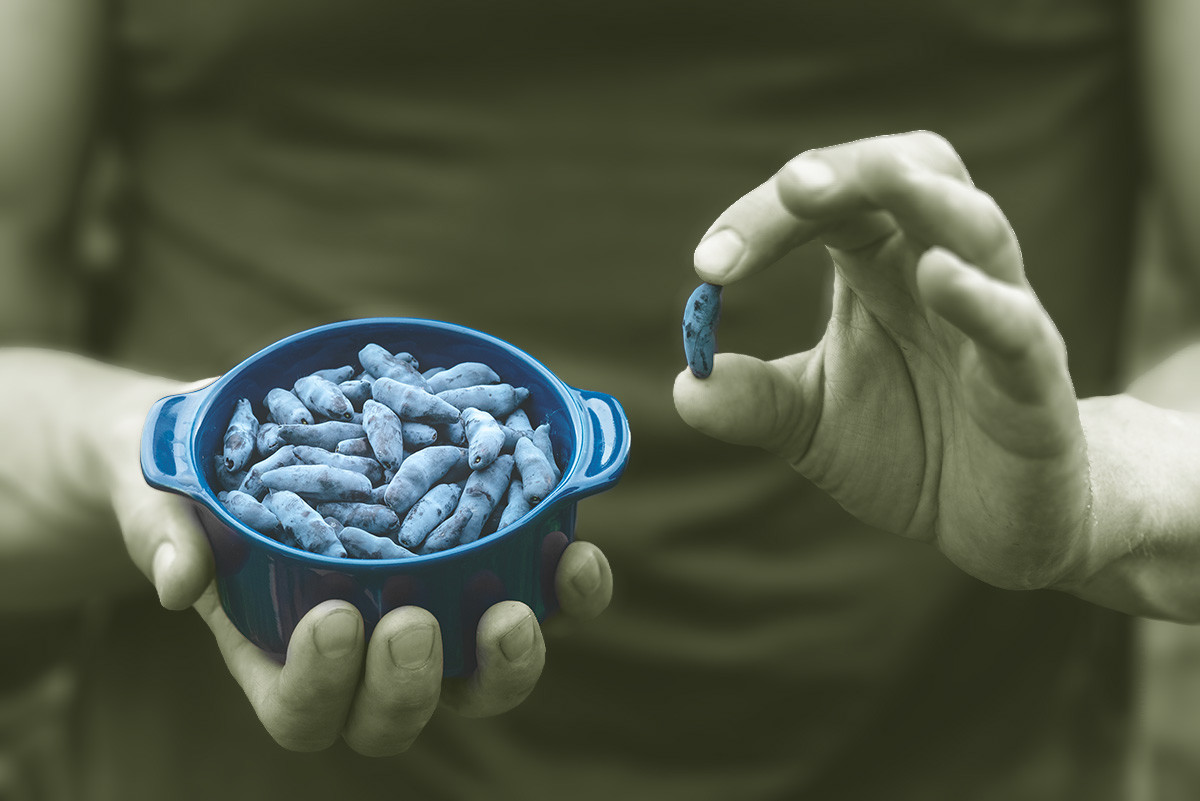
Honeysuckles are basically Soviet goji berries. They resembled blackberries, but contained three times the amount of antioxidants. They also have no equal in the amount of magnesium and natrium. Moreover, honeysuckle season comes very early: it’s the first berry that comes after winter to help the organism stock up on vitamins. This detox food is consumed in many forms: as a kompot, jelly, preserve, smoothie and even pierogi (dumplings), as well as in juice form, drunk three times a day in the amount of one tablespoon.
Seaweed
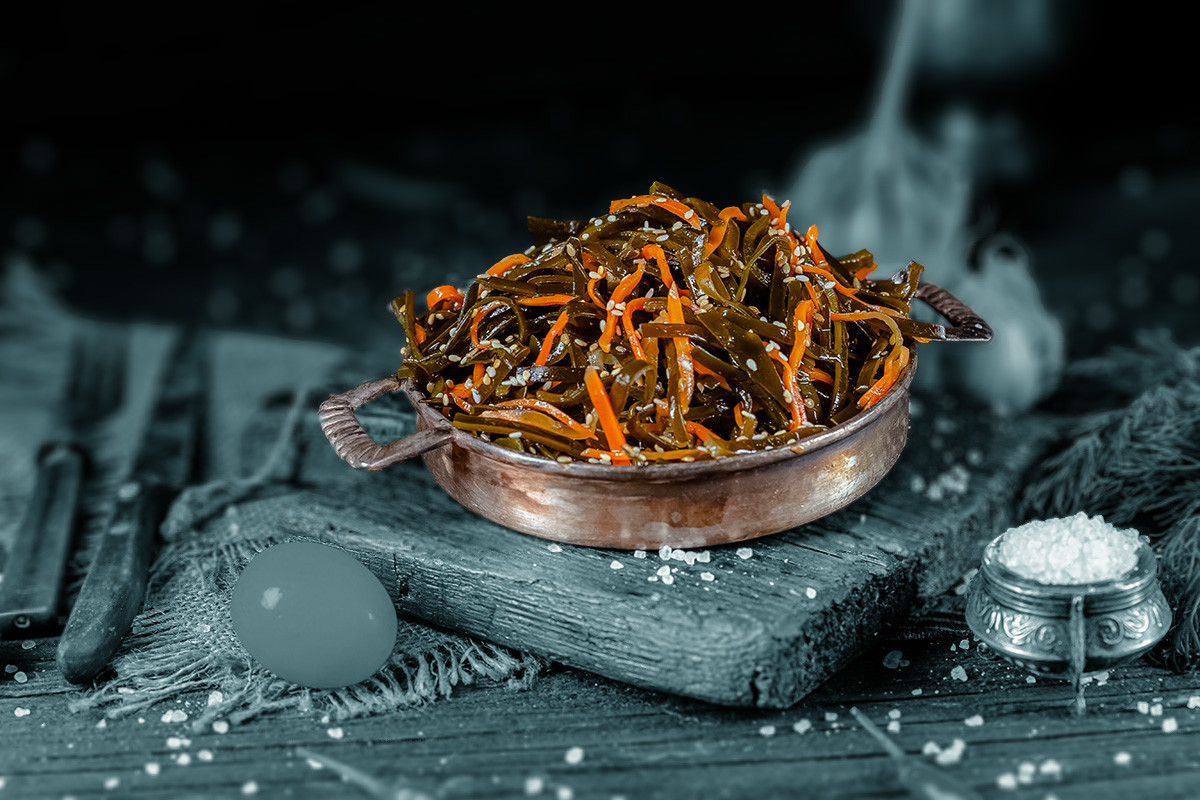
This was the cheapest and most widely available source of iodine in the Soviet Union. It took a while for salt to begin to be iodized, but the body needed to get its iodine from somewhere; that’s where the canned ‘Dalnevostochny’ (“Far-Eastern”) salad, made with laminaria (seaweed), came in. In the USSR, it was sold exclusively in tin cans. The problem was that Soviet people weren’t too keen on eating tough, rubber-like laminaria and so, the cans would be distributed as an accessory to other foods that were part of factory workers’ rations. In this way, the country was forcibly given the amount of iodine required for a healthy organism.
Soviet housewives had their own way of dealing with the laminaria issue, however: they mixed it in with other ingredients, such as eggs, cheese, mayonnaise - everything to cover up that seaweed taste.
Cucumaria
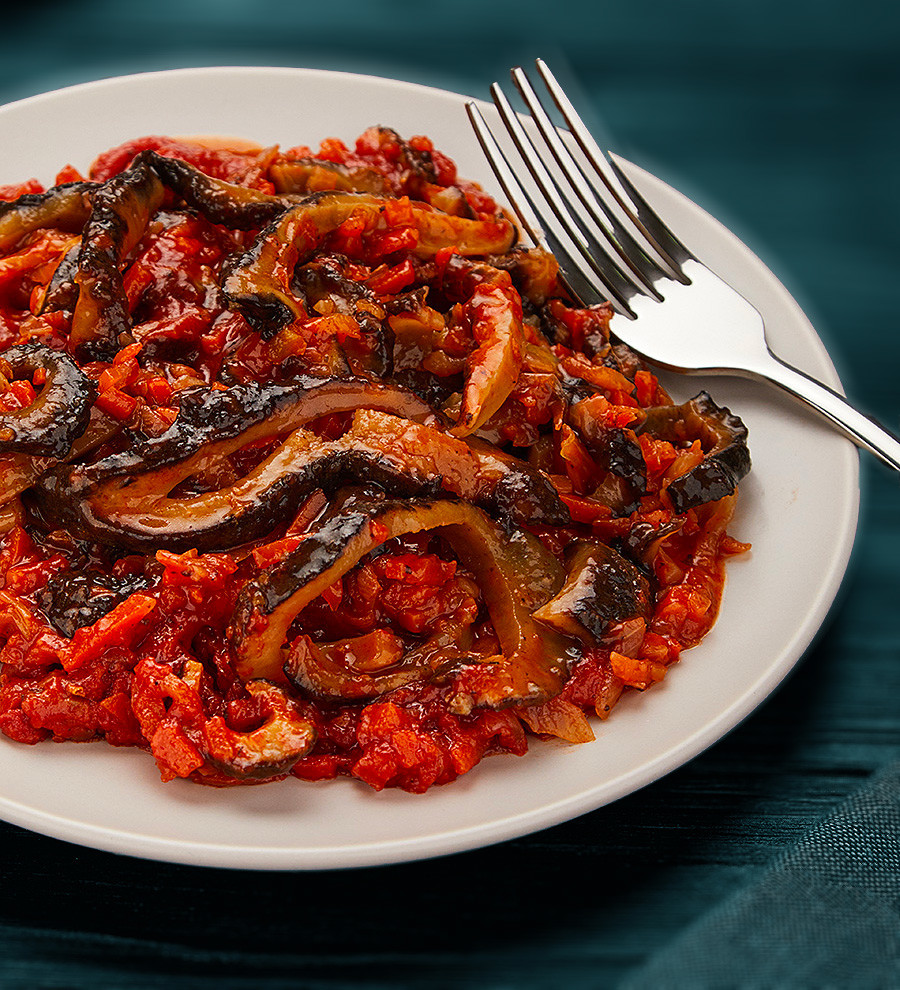
Another type of canned food that, just like laminaria, was in high demand. This Far-Eastern delicacy used to be present in Soviet grocery stores in European Russia for a time, but once people got a taste for it, supply became a problem. And when they later discovered its miracle properties, the food disappeared altogether. That’s because cucumaria is a type of the very valuable sea mollusc - the trepang.
Although, judging by its looks, a cucumaria looks rather off-putting, however the taste was considered quite alright. The soft flesh of this sea cucumber fit right in with tomato sauce, as well as fried vegetables and rice plov. But that’s not the main point. It would be easier to list what the sea cucumber wasn’t good for: the number of benefits it contains is astounding. Cucumaria is very good for people with thyroid problems, as well as those suffering from issues with the skeletal system; it also filters the blood of cholesterol and sugar, promotes cell regeneration, normalises blood pressure, heightens male sexual function, as well as containing a wealth of aminoacids.
Black caviar
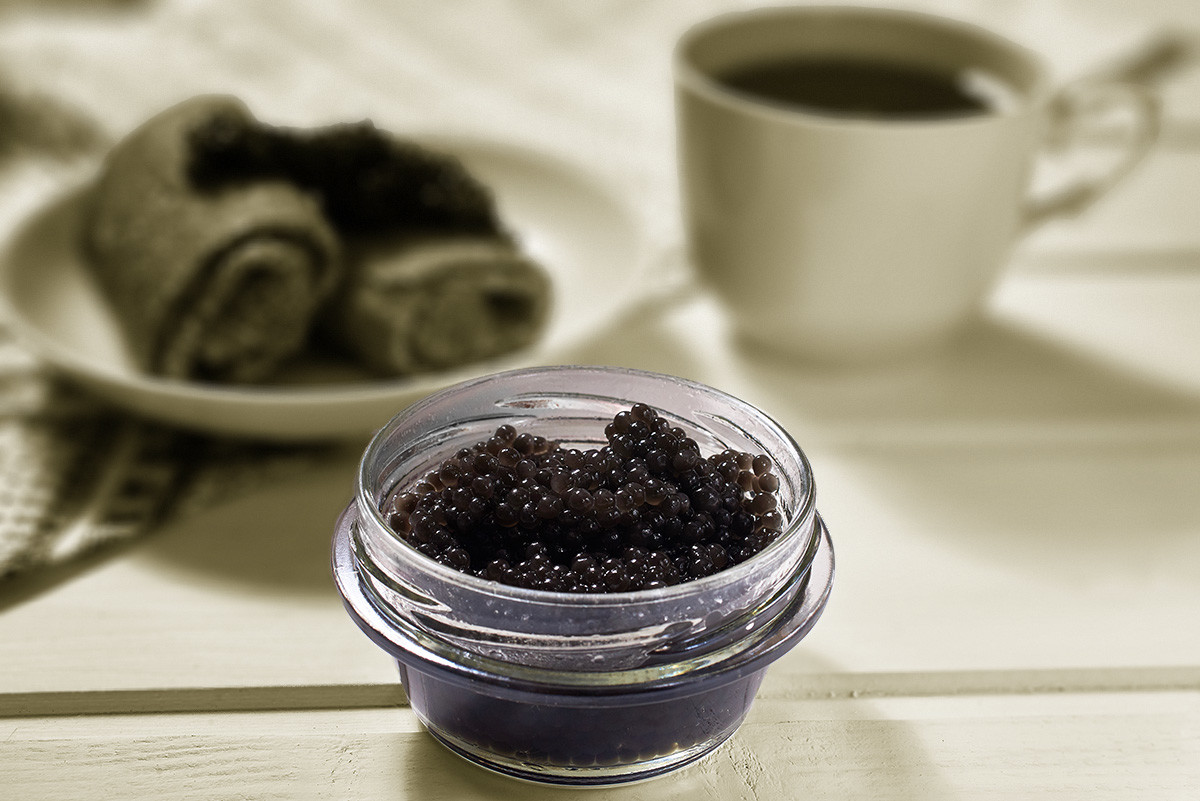
These strong-tasting fish eggs aren’t just great for chasing your vodka with, but were also used as currency, as well as medicine for children at one point. In the 1970s-80s, pediatricians prescribed it to kids suffering from hemoglobin and iron deficiency, while loving mothers would literally force it down their gullets.
The product is undoubtedly a superfood: it strengthens the cardiovascular system and aids with vision, as well as brain activity. It used to be the main ‘doping’ component of the USSR (as a great alternative to banned substances) and given to the country’s soccer team at the 1988 Olympic Games in Seoul. By the way, they won that year - it was their second victory at the Games in history. However, one should not go overboard with balck caviar, as overconsumption may lead to kidney stones.
If using any of Russia Beyond's content, partly or in full, always provide an active hyperlink to the original material.
Subscribe
to our newsletter!
Get the week's best stories straight to your inbox